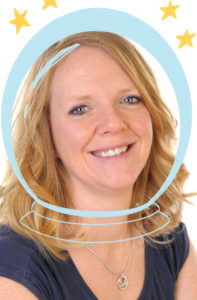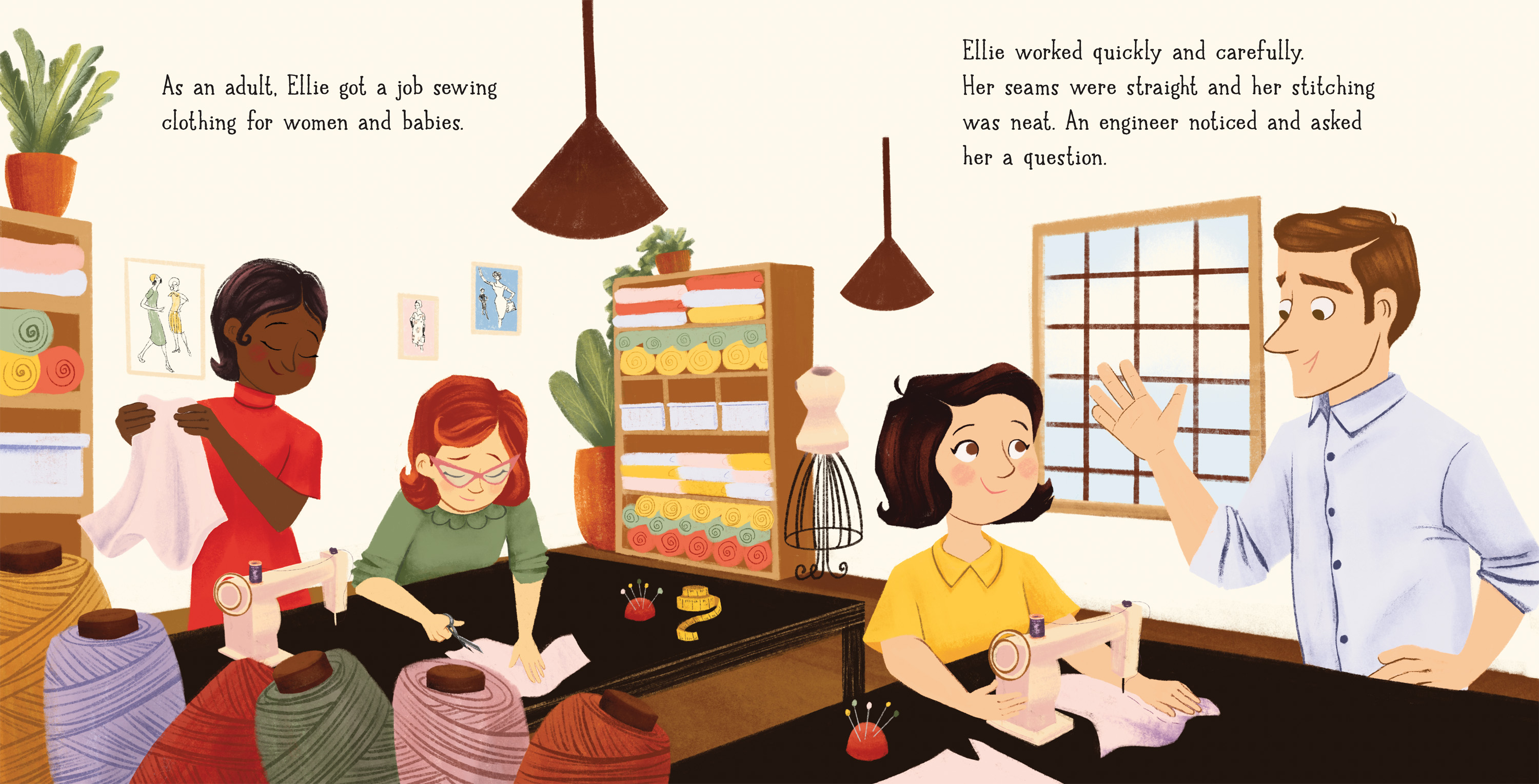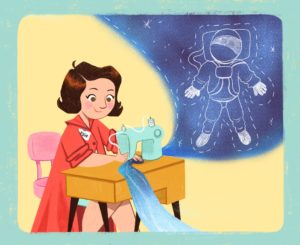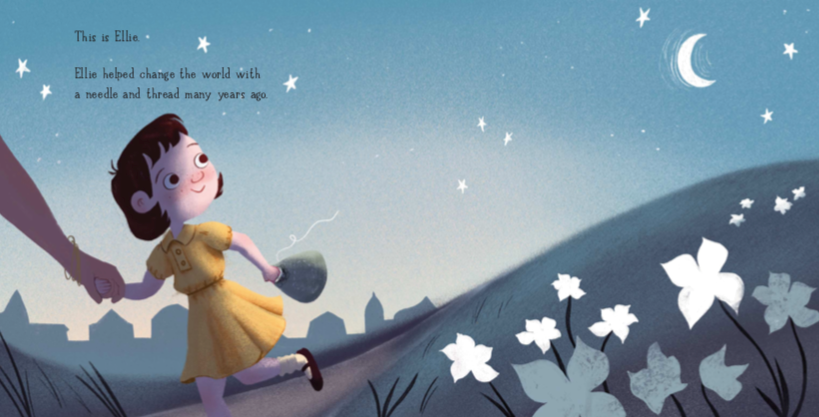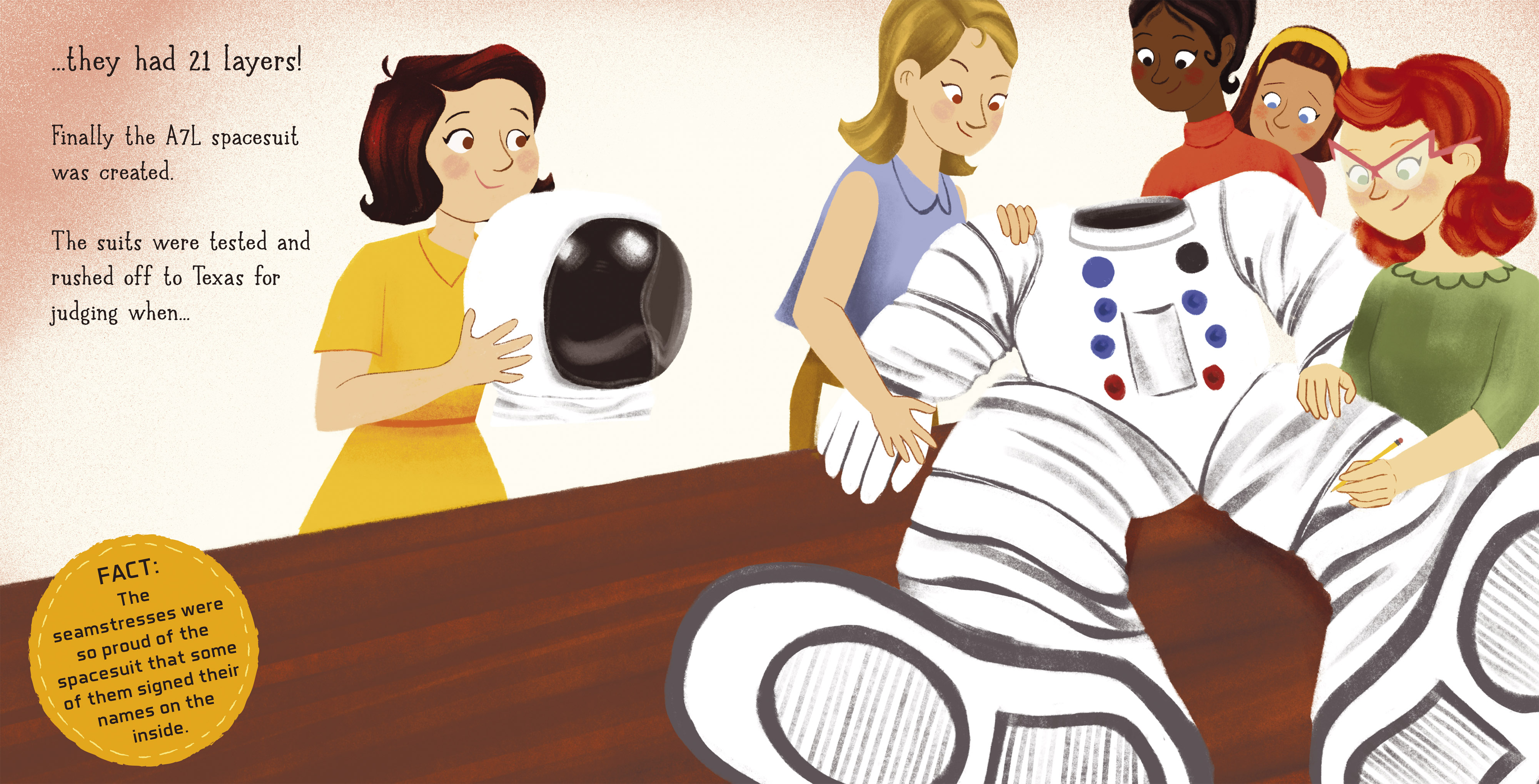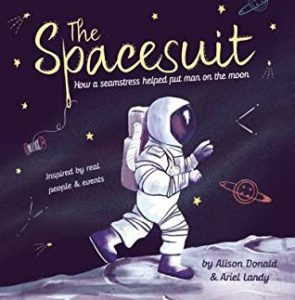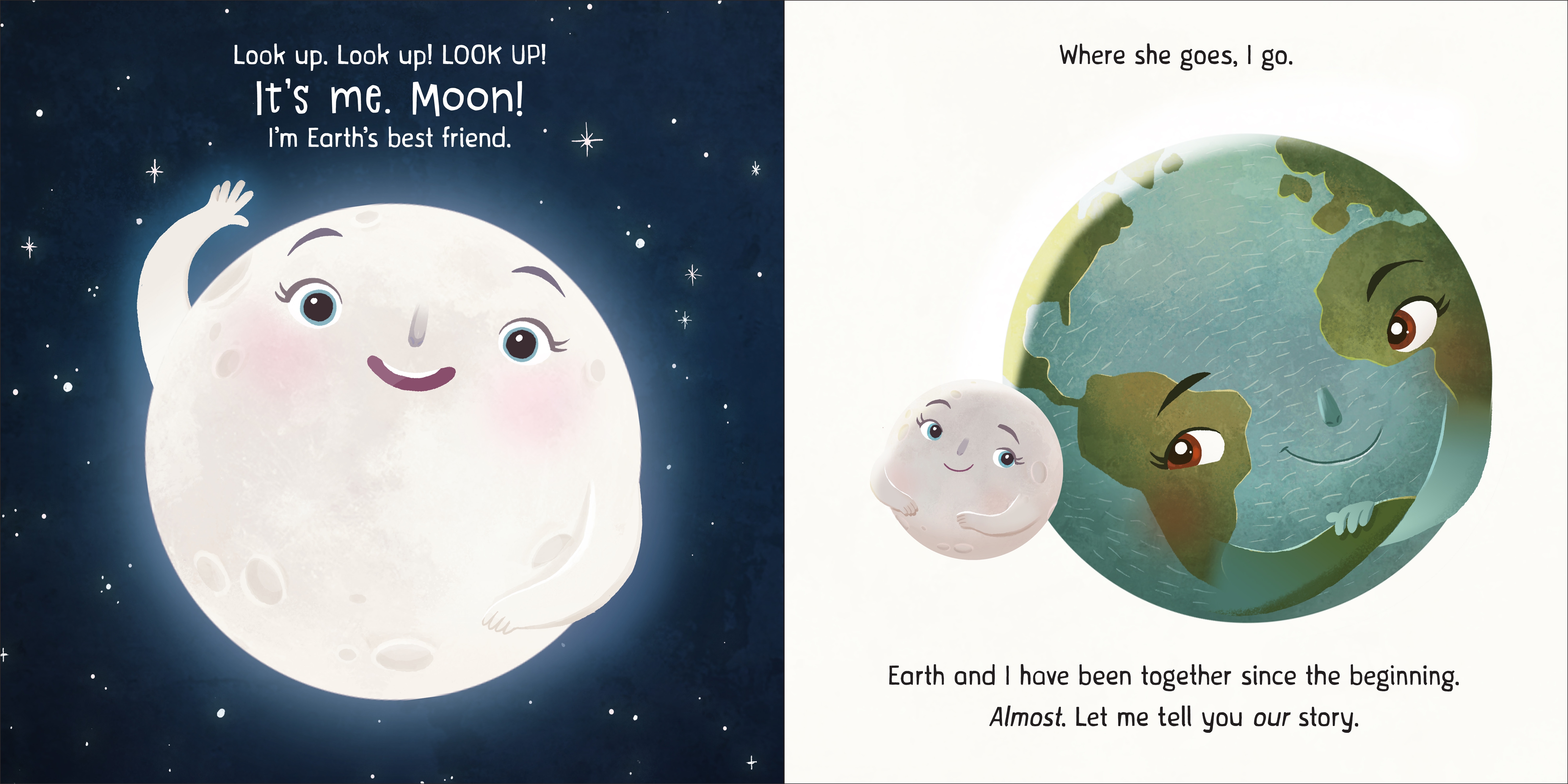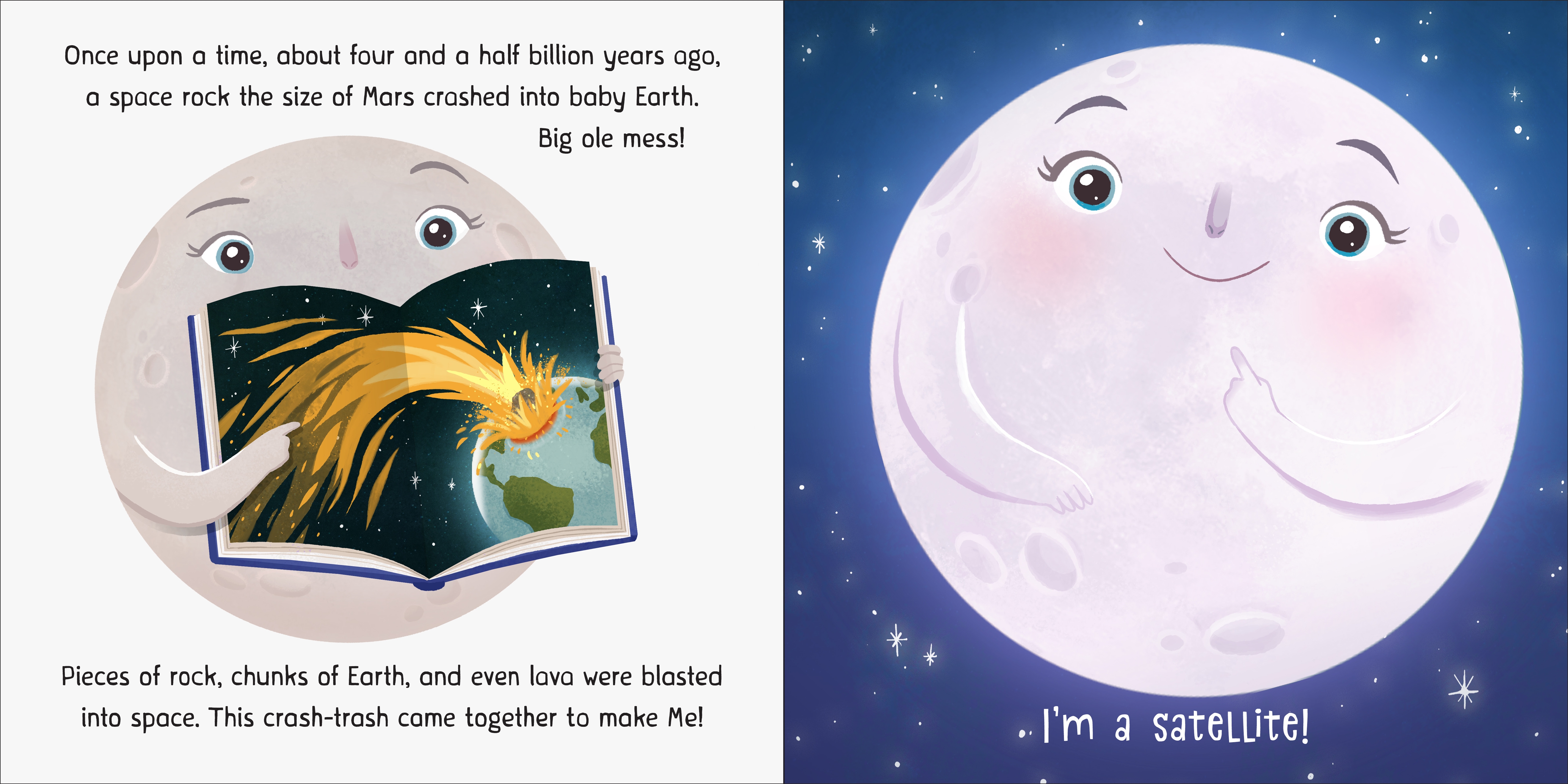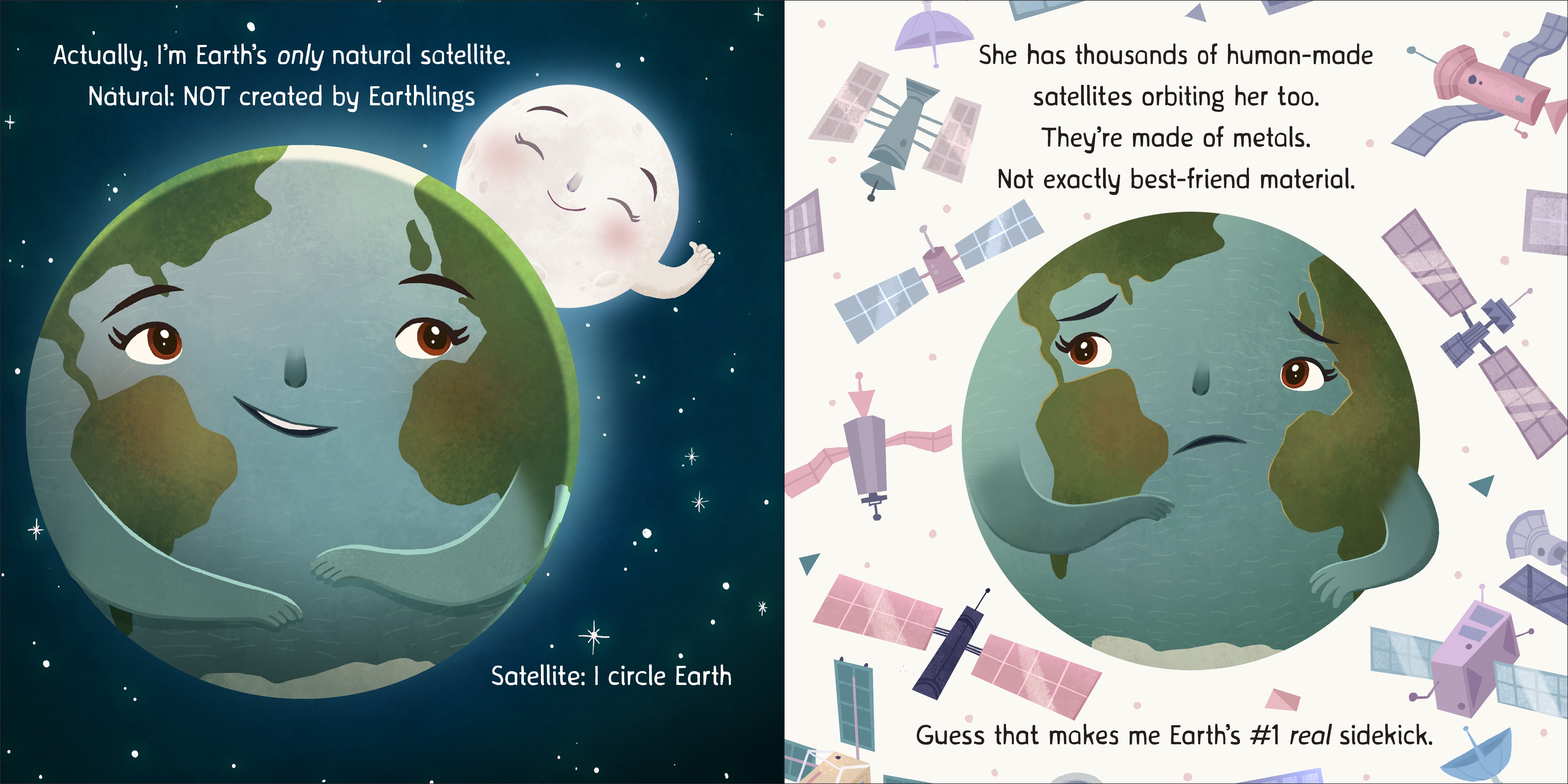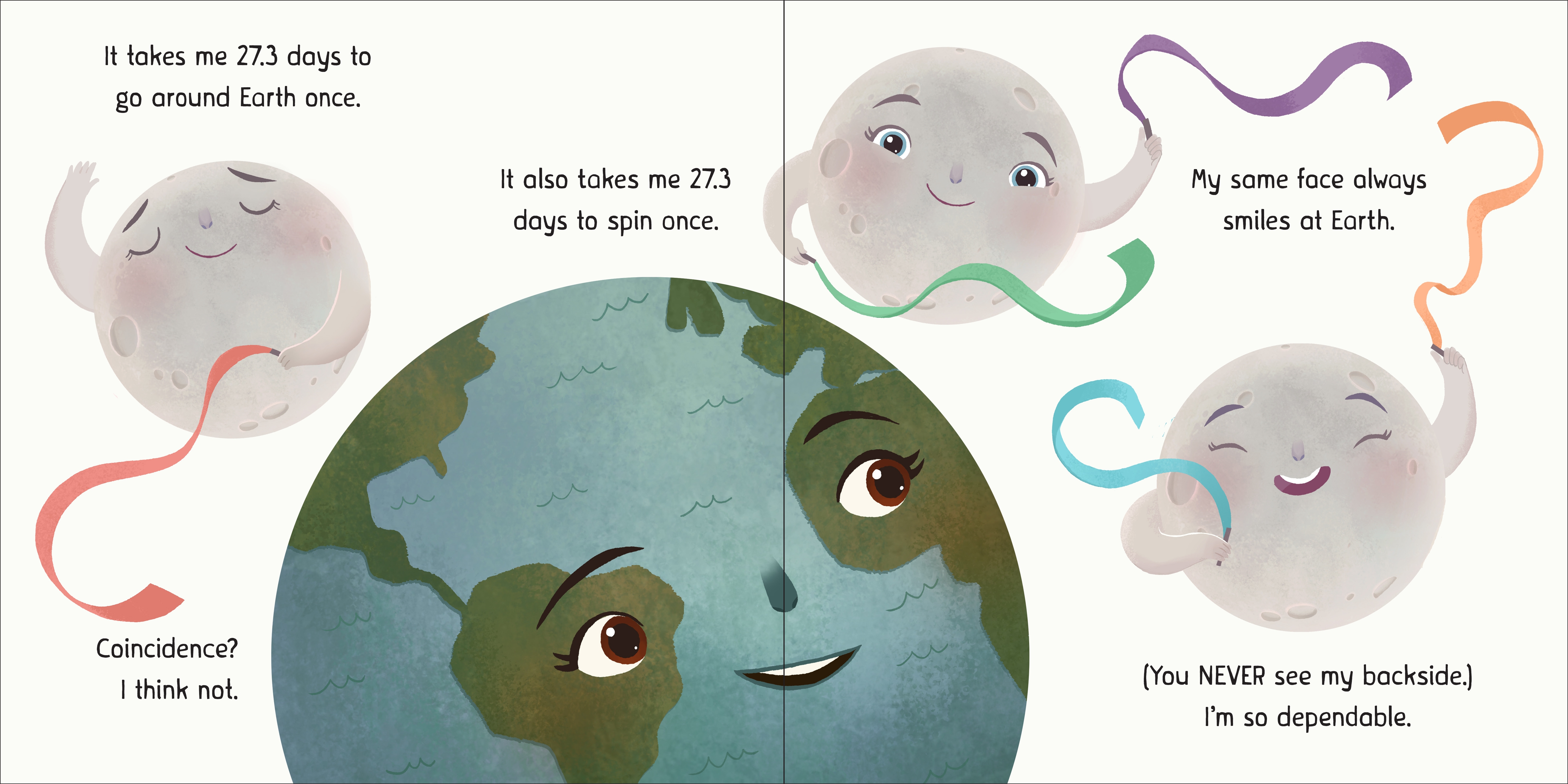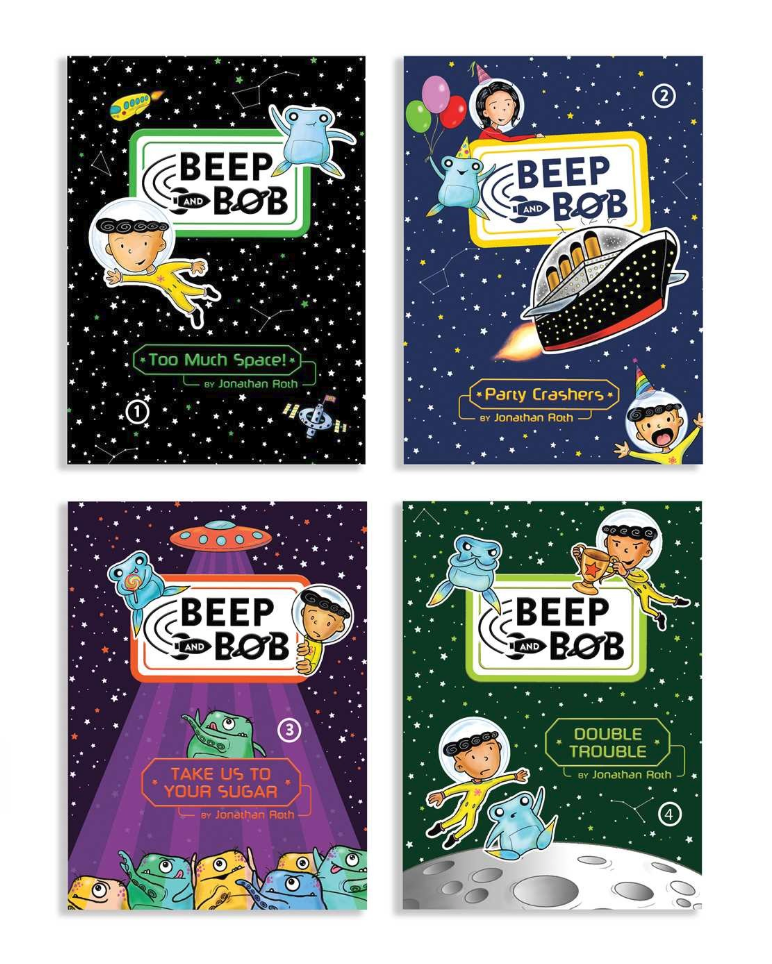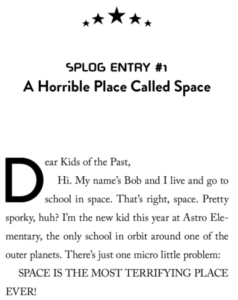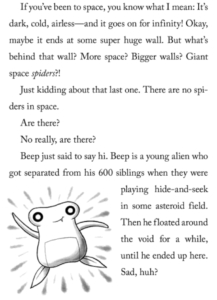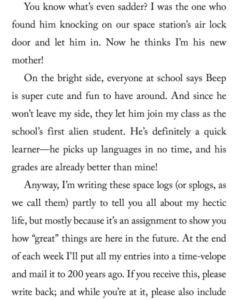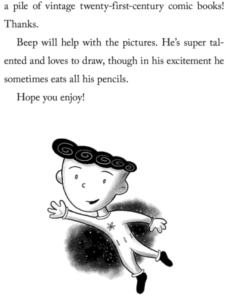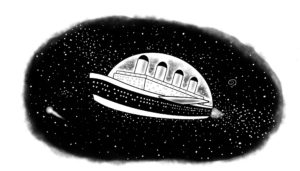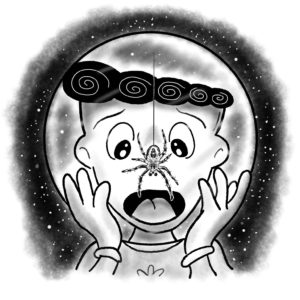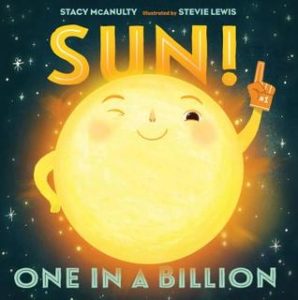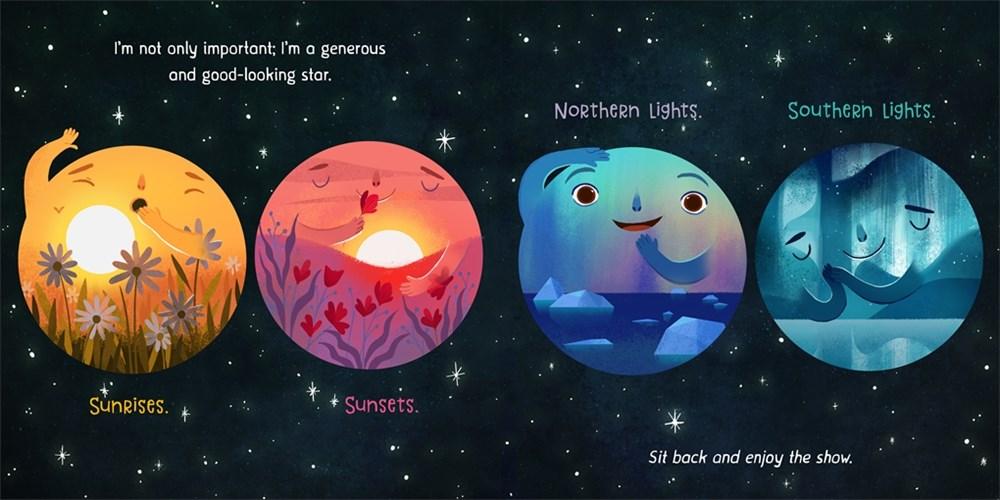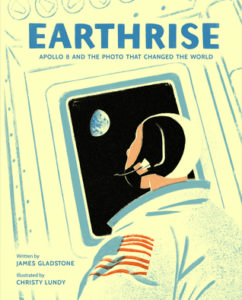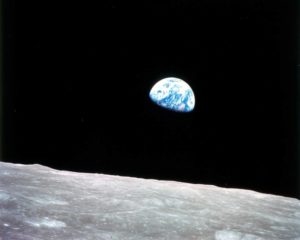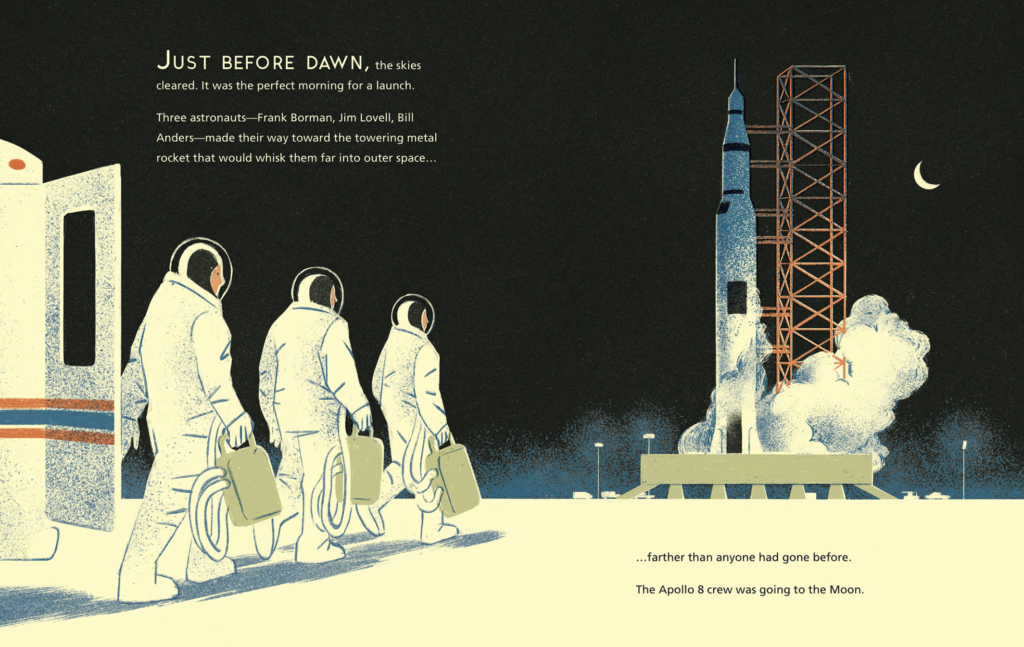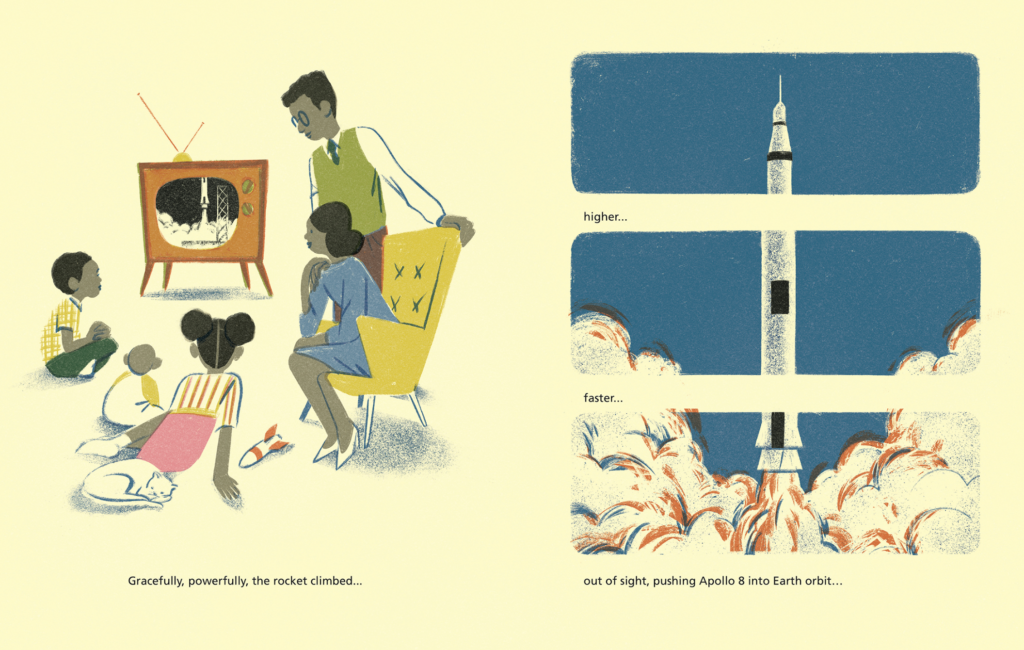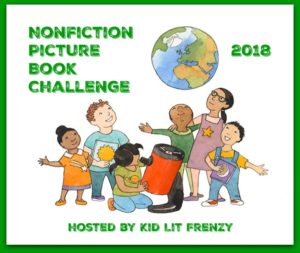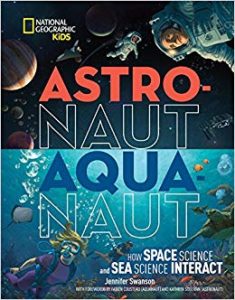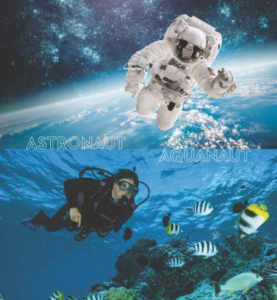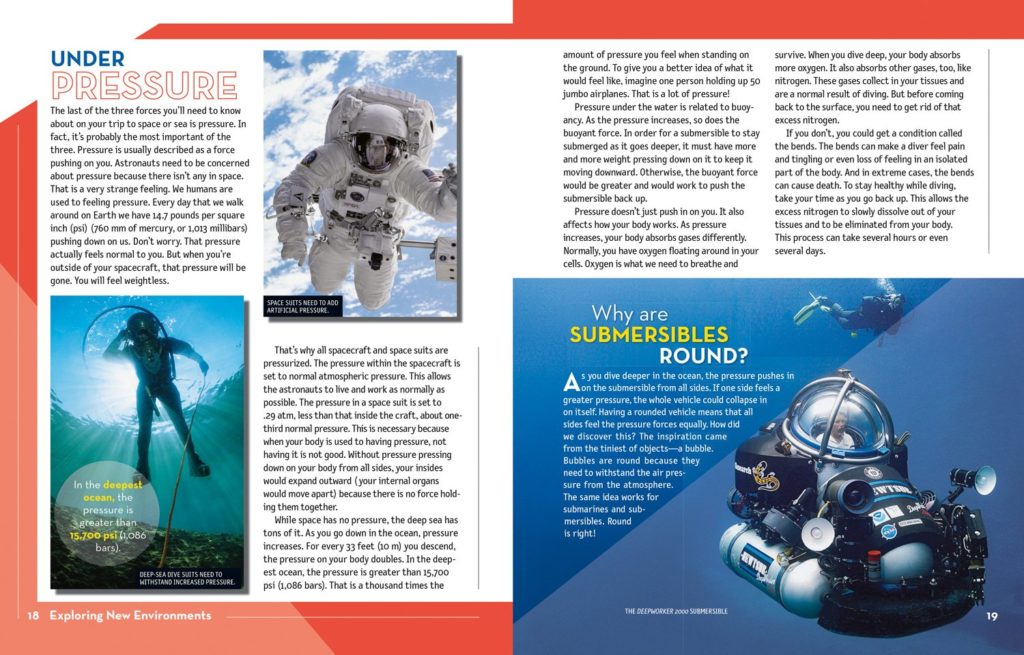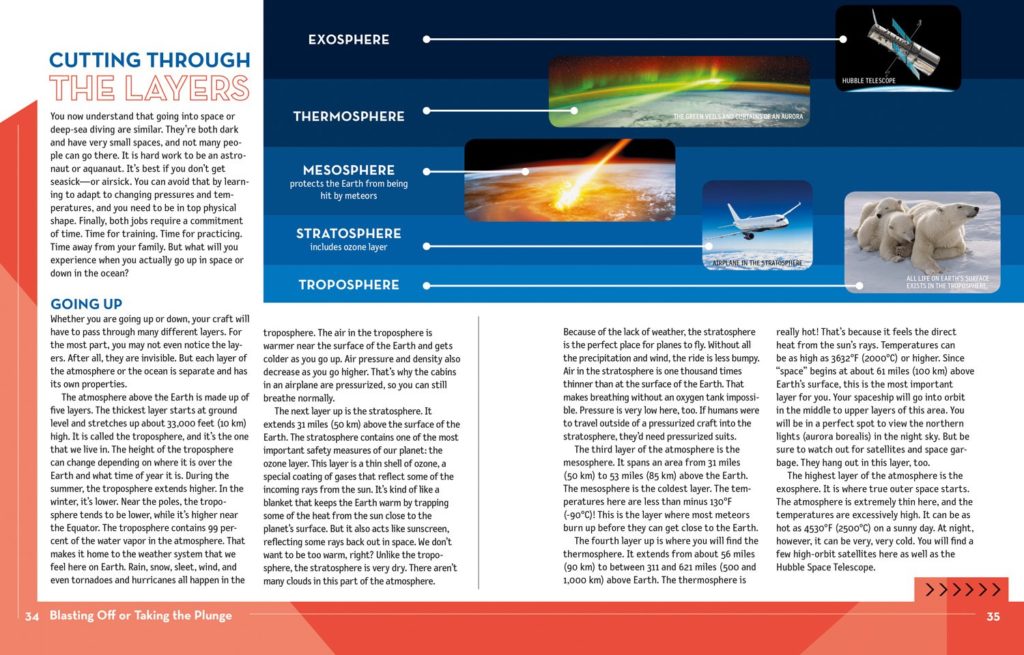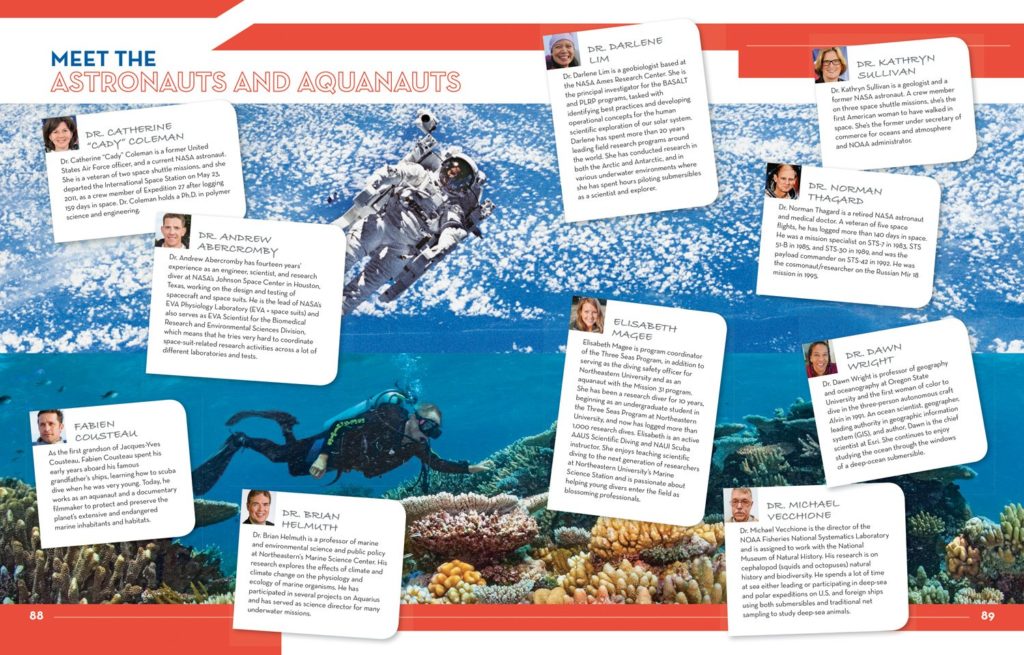“Creating Words and Pictures for The Spacesuit – How Authors and Illustrators Work Together”
Alison Donald: Just like the Apollo program, a book is a product of a collaboration of a team. I’ve always wished I could draw. I can see parts of my story unfold vividly in my head. But I don’t have the necessary skills or talent to actually draw what I want to the quality that I want.
Thank goodness for illustrators. Illustrators can read a text and bring it to life. I was lucky to have Ariel Landy illustrate my latest book: ‘The Spacesuit – How a Seamstress Helped put Man on the moon”. But, do we actually work together? The answer is yes, but indirectly though illustration notes.
Illustration notes:
When I submitted ‘Spacesuit’ to my publisher Maverick Arts, I included a few illustration notes. I really wanted a 1960’s feel to book. I also wanted it to be fashionable. Afterall, it’s about seamstresses who were fashioning one of the most important garments in world history!
I identified when sewing machines and spacesuits needed to be in the text and I asked for the seamstresses to be crowded around the tv watching Neil Armstrong on the moon (spoiler alert! Sorry!).
I researched the A7L spacesuit and provided diagrams. I also provided photographs of the actual seamstresses at the factory of Playtex / ILC dover for reference.
Then, I sat back while Kim, my fabulous editor / designer found an illustrator.
It’s an exciting day when a sample spread arrives in my inbox. Here was Ariel’s sample spread for the Spacesuit:
Just perfect!
The editor:
Editors / designers have a much better sense of layout, how much text should be on a page, and they know more about colour palettes than I do. Kim worked with Ariel and then shared Ariel’s sketches with me.
I acted as another pair of eyes to make sure the pictures were factually correct.
It’s a just right fit when authors can weigh in on visual details that are relevant to the story (thanks Kim!).
Otherwise, it’s nice to leave it to the illustrator to create her own magic.
And as you can see, Ariel certainly did!
Ariel Landy: Happily, for me, by the time I got the story so much research for The Spacesuit had already been done, both by Alison and the editing team at Maverick. When I read the story for the first time, I had a briefing from our editors complete with photographs of Ellie and the talented ladies who actually worked on the spacesuit in various stages. I relied heavily on these primary sources to draw many elements of the story such as the pink factory coat that Ellie wears while working on a small sewing machine, and ‘Sweet Sue’ and ‘Big Moe’, the giant sewing machines brought in to help the seamstresses sew the many, many layers of the spacesuit! Also, fortunately for me, I had fact-checkers at Maverick to catch some of my anachronisms, such as coloring in the TV screen that shows the moon landing, when it likely would have been in black and white.
Of course, the internet is the ultimate research tool! There were so many accessible photos of the spacesuit at my fingertips, both on its own and adorning the astronauts. I was also fortunate to see the documentary Apollo 11, which happened to have a limited run in New York City just as I was working on the coloring stage of the illustrations. The film is all real color footage from the launching of the rocket that brought the brave astronauts to the moon. It was chock full of real spectators sporting the most wonderful 60s clothing and hairstyles. After seeing it I couldn’t wait to go back and tweak my characters!
I feel really lucky to have had such a great writing and editing team collaborating at different stages to make such a special book! Thanks team!
The Spacesuit: How a Seamstress Helped Put Man on the Moon
Author: Alison Donald
Illustrator: Ariel Landy
Published June 18th, 2019 by Maverick Arts
About the Book:There is a competition to make the spacesuit for the first moon landing! Ellie, an ordinary woman, is asked to lead a team of other talented seamstresses. No one believes they can win, but they are determined to try.
Based on the incredible true story behind the spacesuit that astronauts wore on the first moon walk and the team of women who sewed it together.
Don’t miss the other Blog Tour stops!
Monday, July 15th: Publisher Spotlight Blog
http://www.
Tuesday, July 16th: YA Books Central
https://www.
Wednesday, July 17th: Randomly Reading
https://
Thank you so much for this guest post about this incredible true story!

